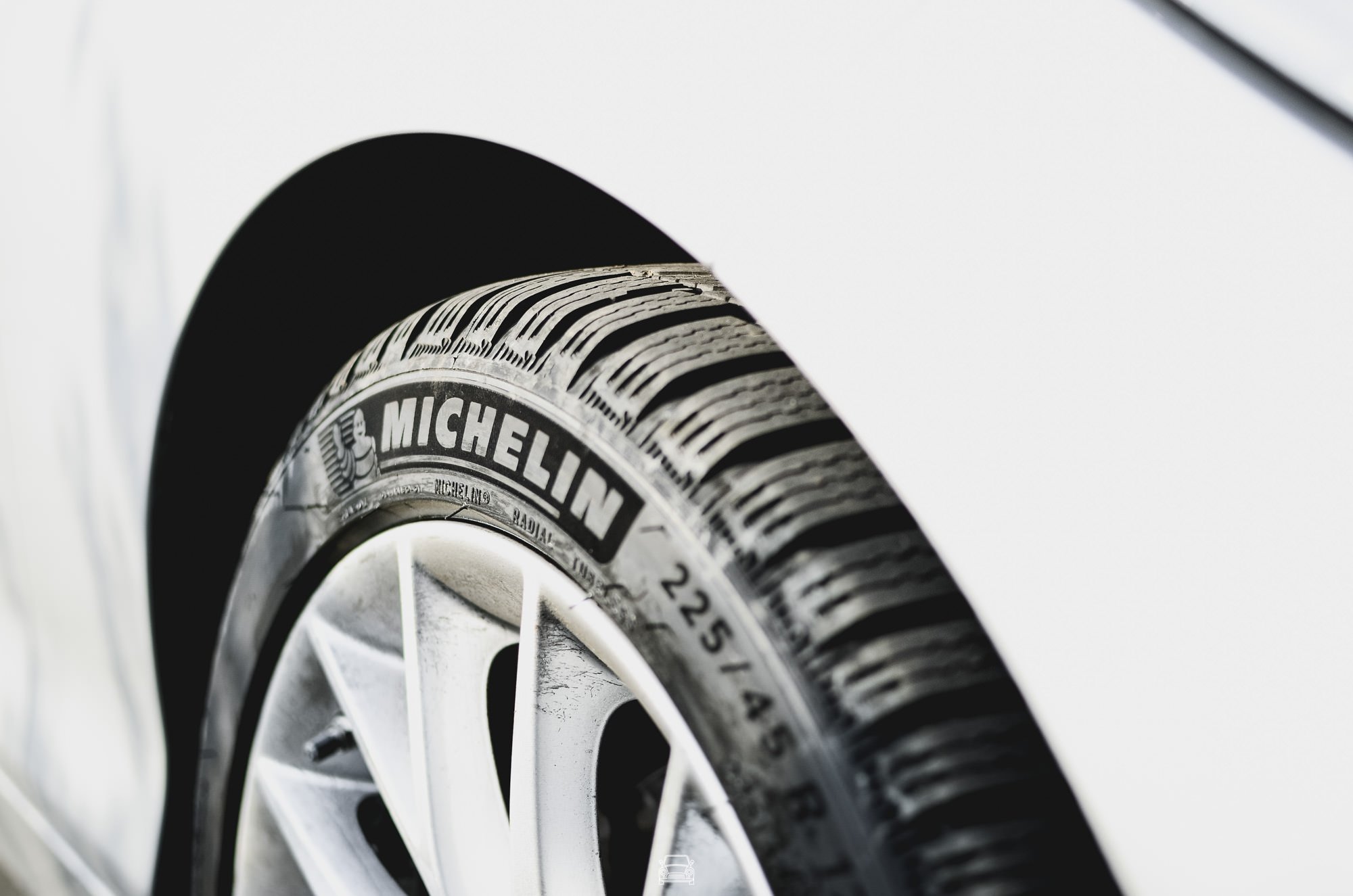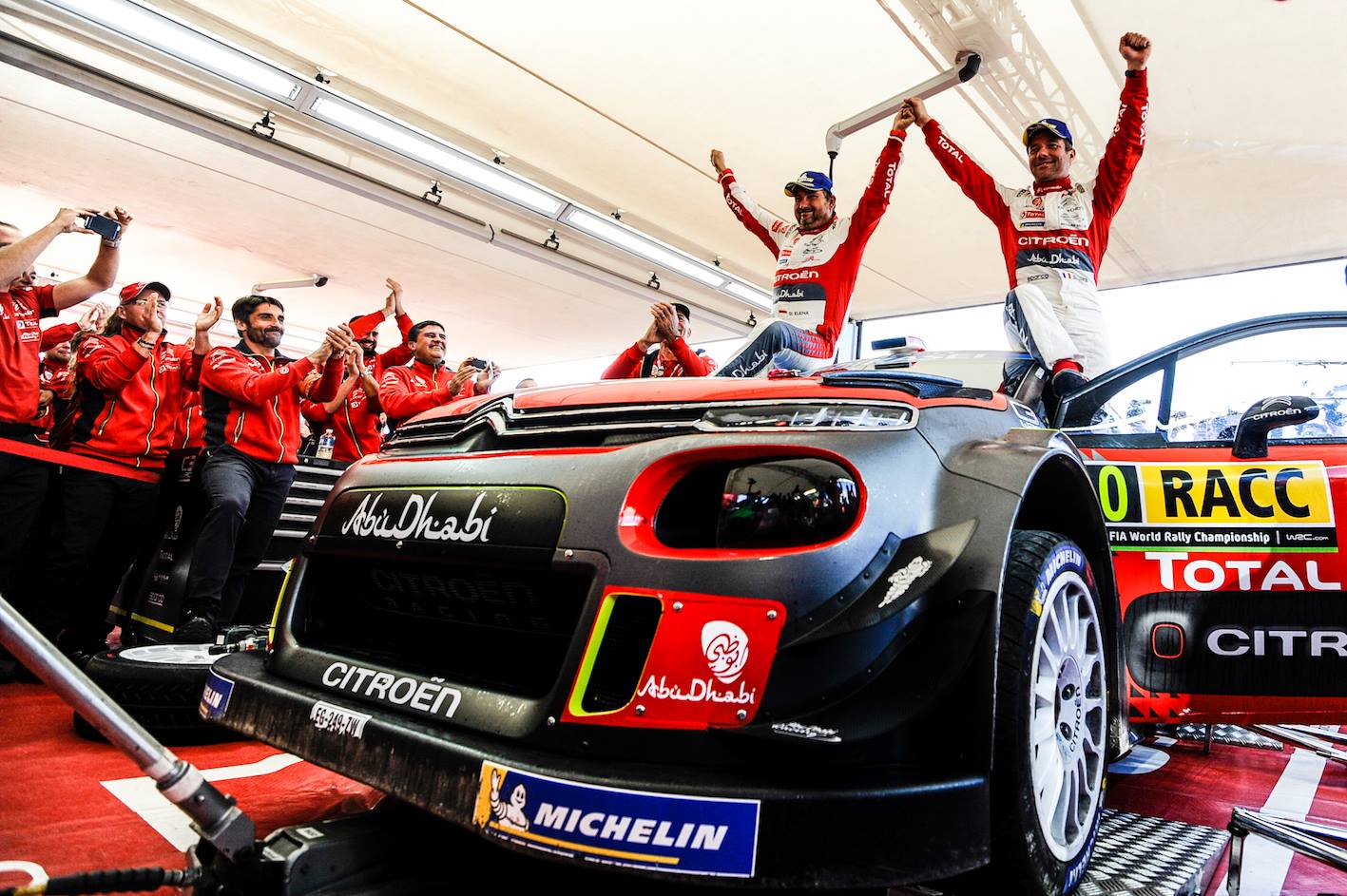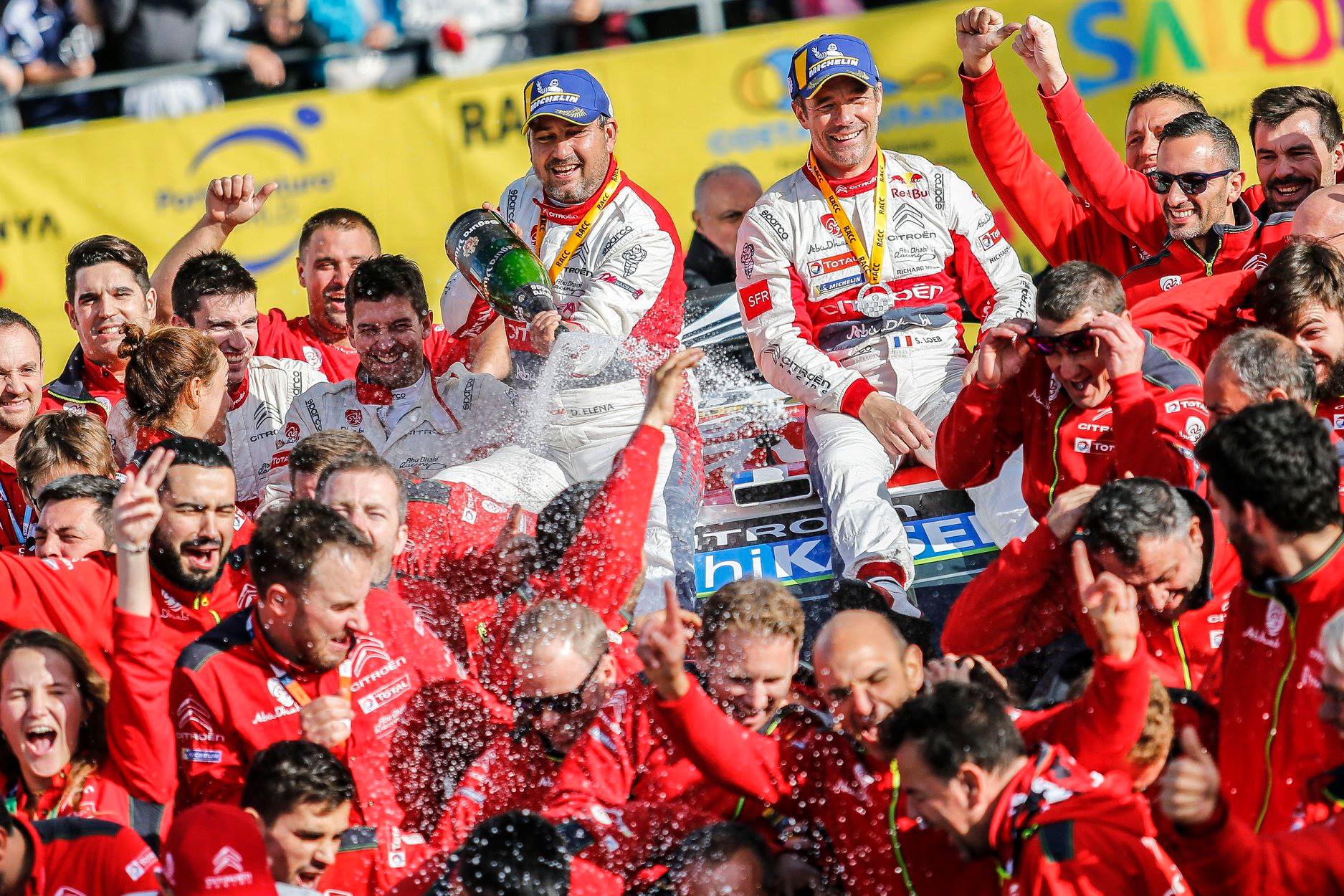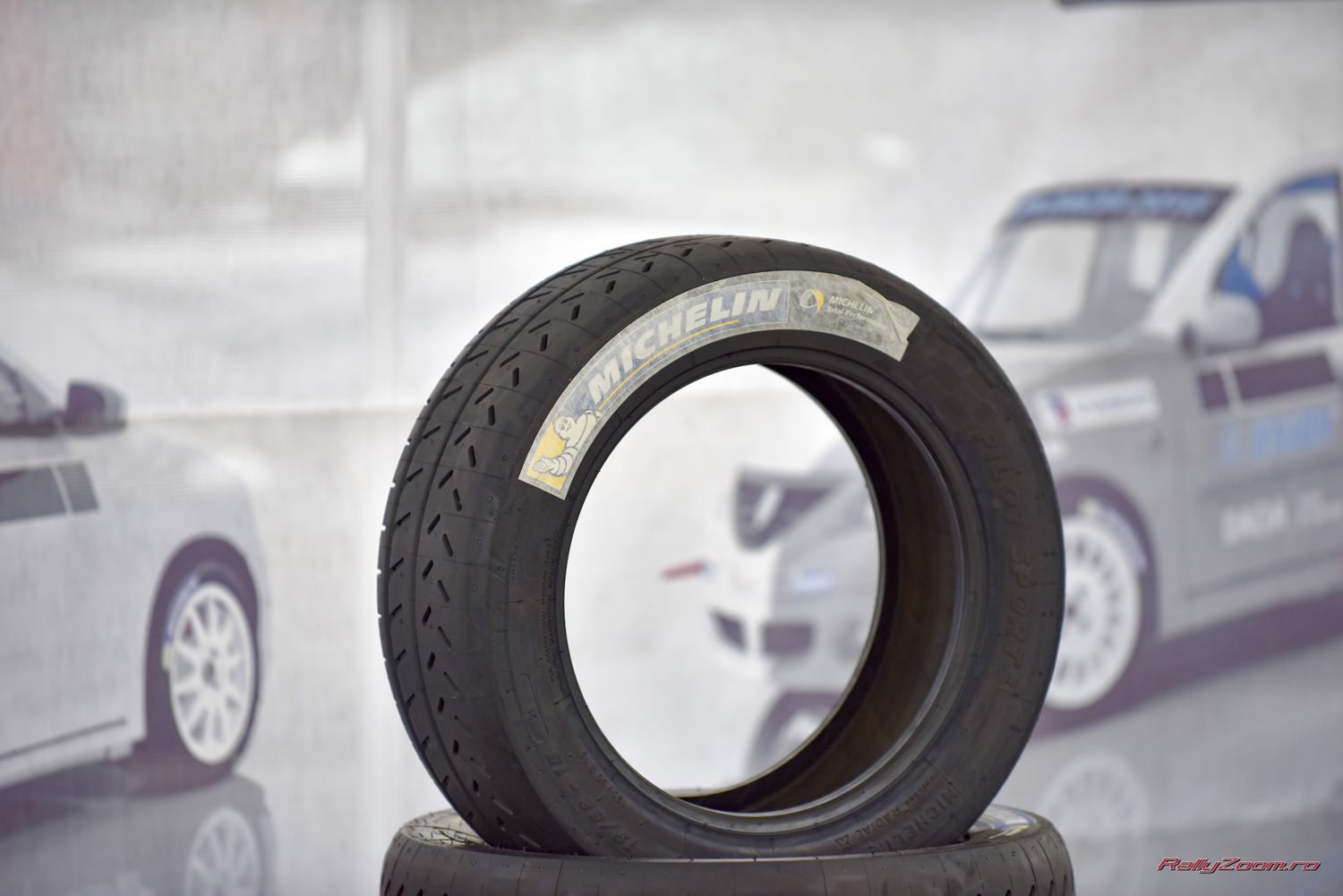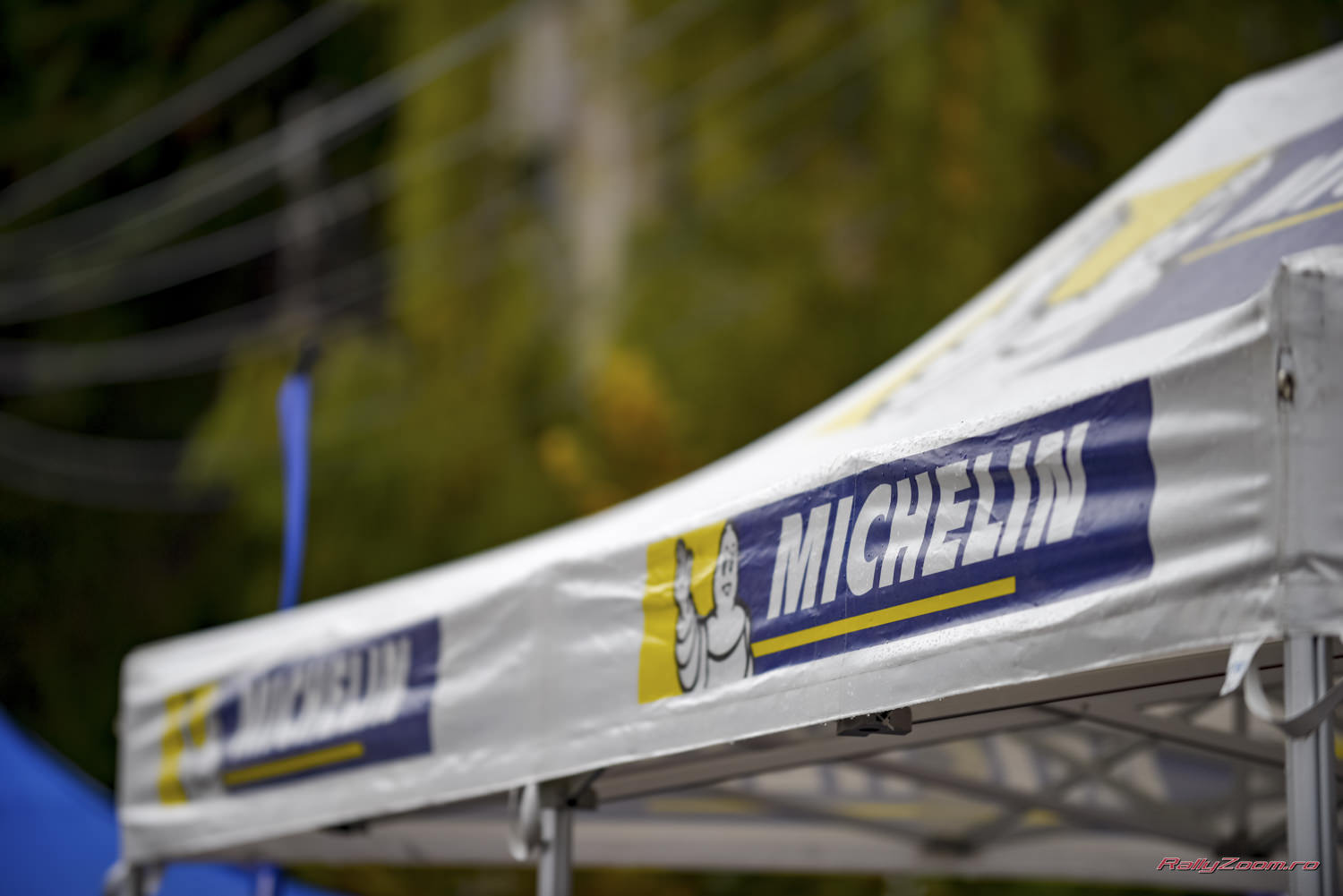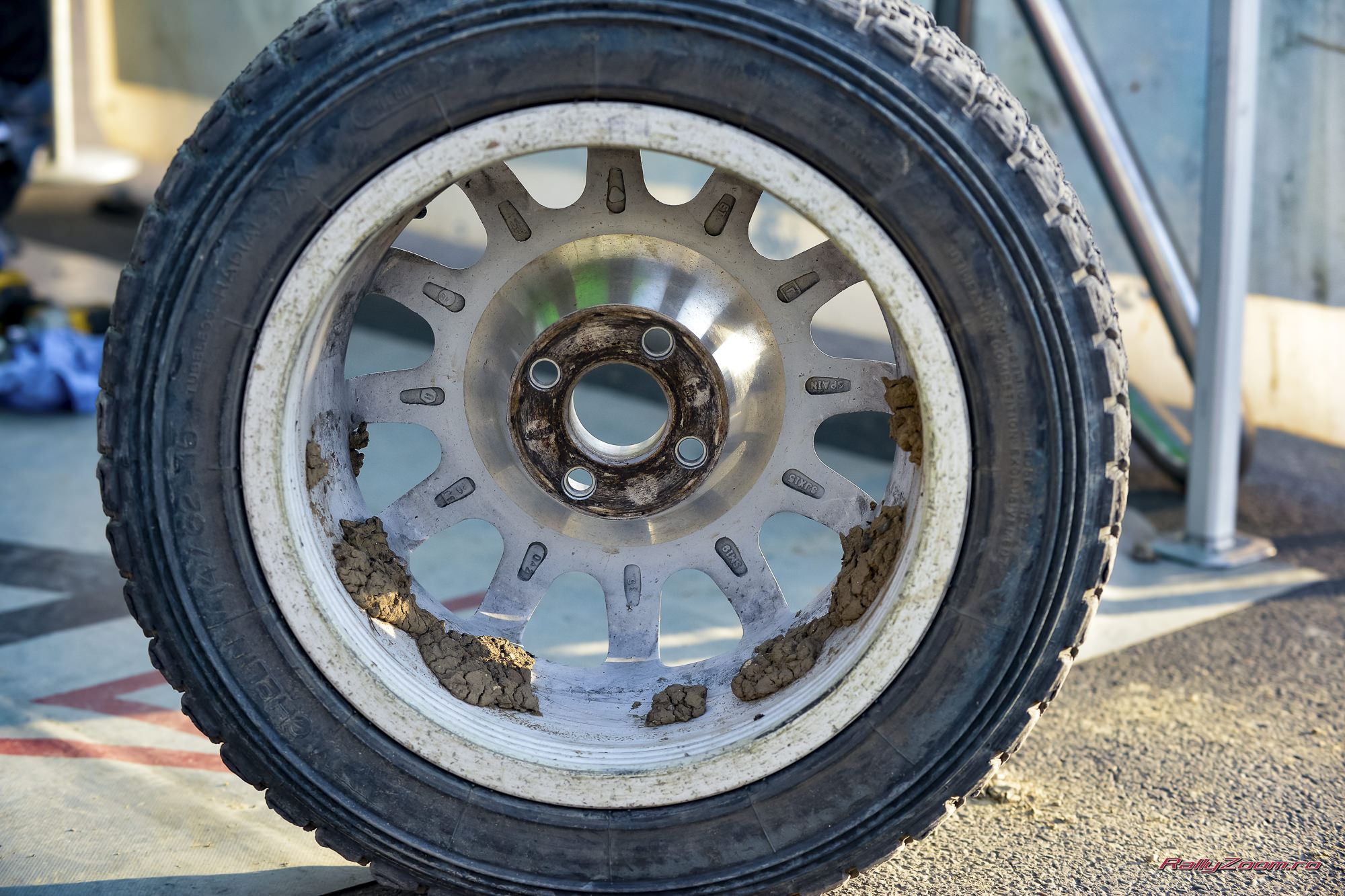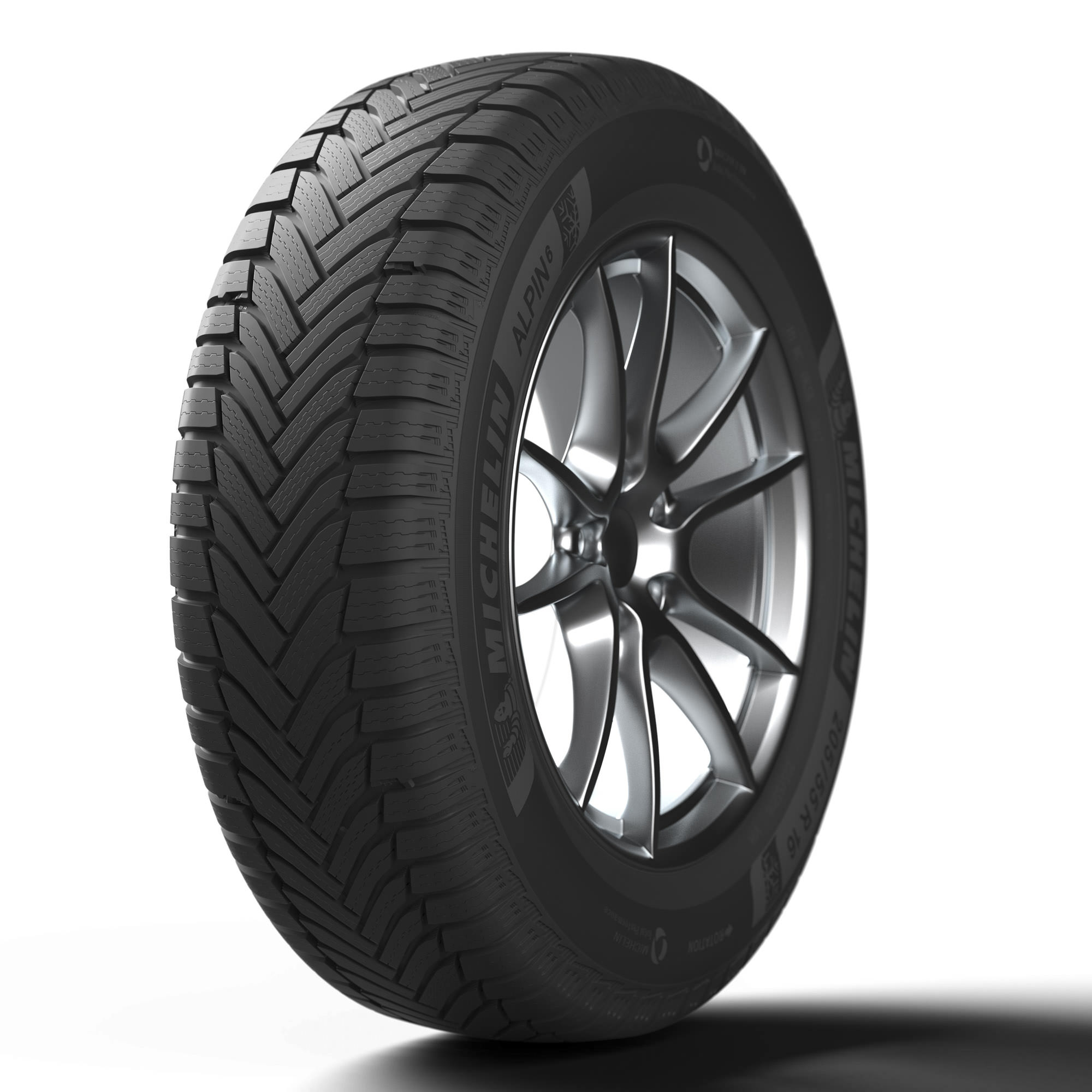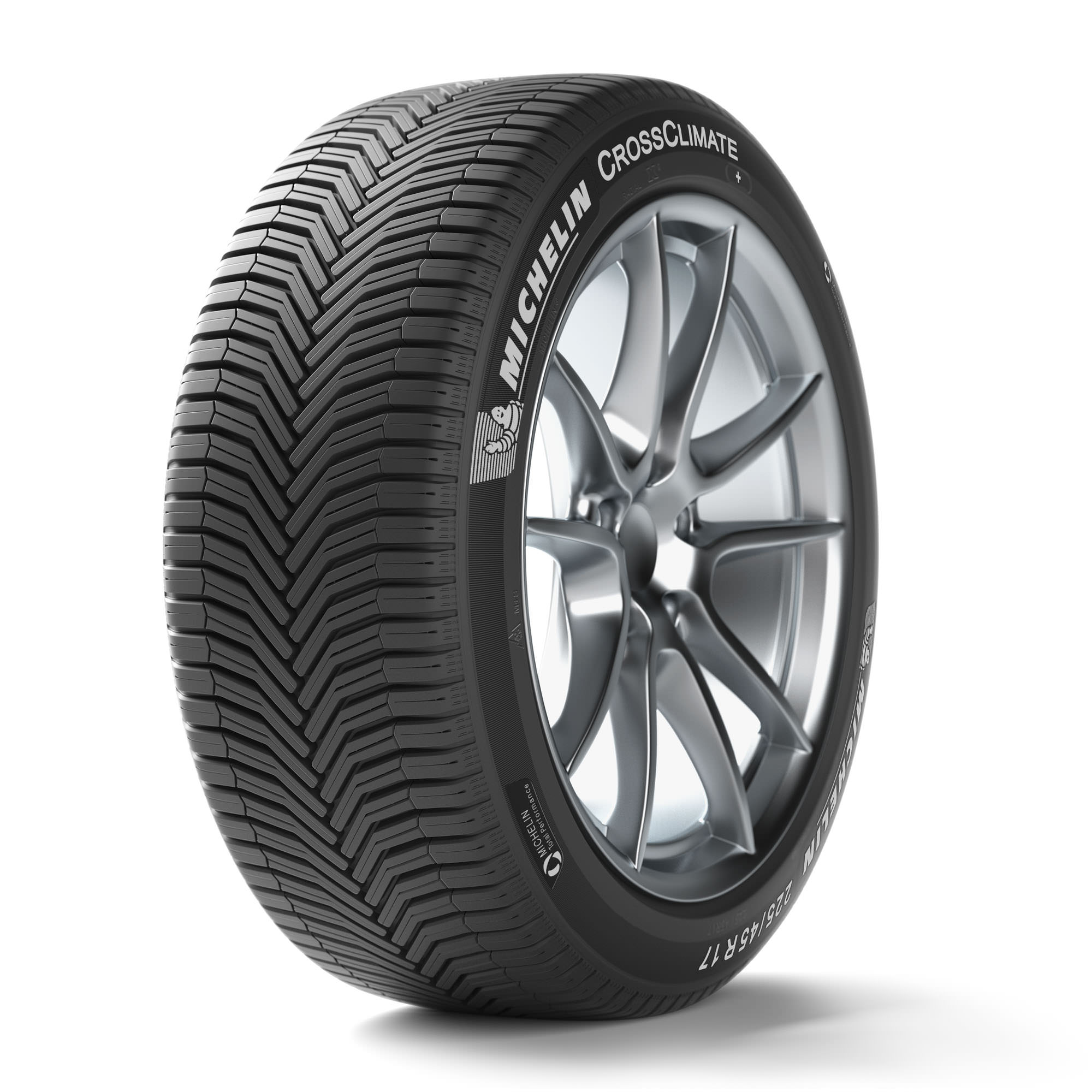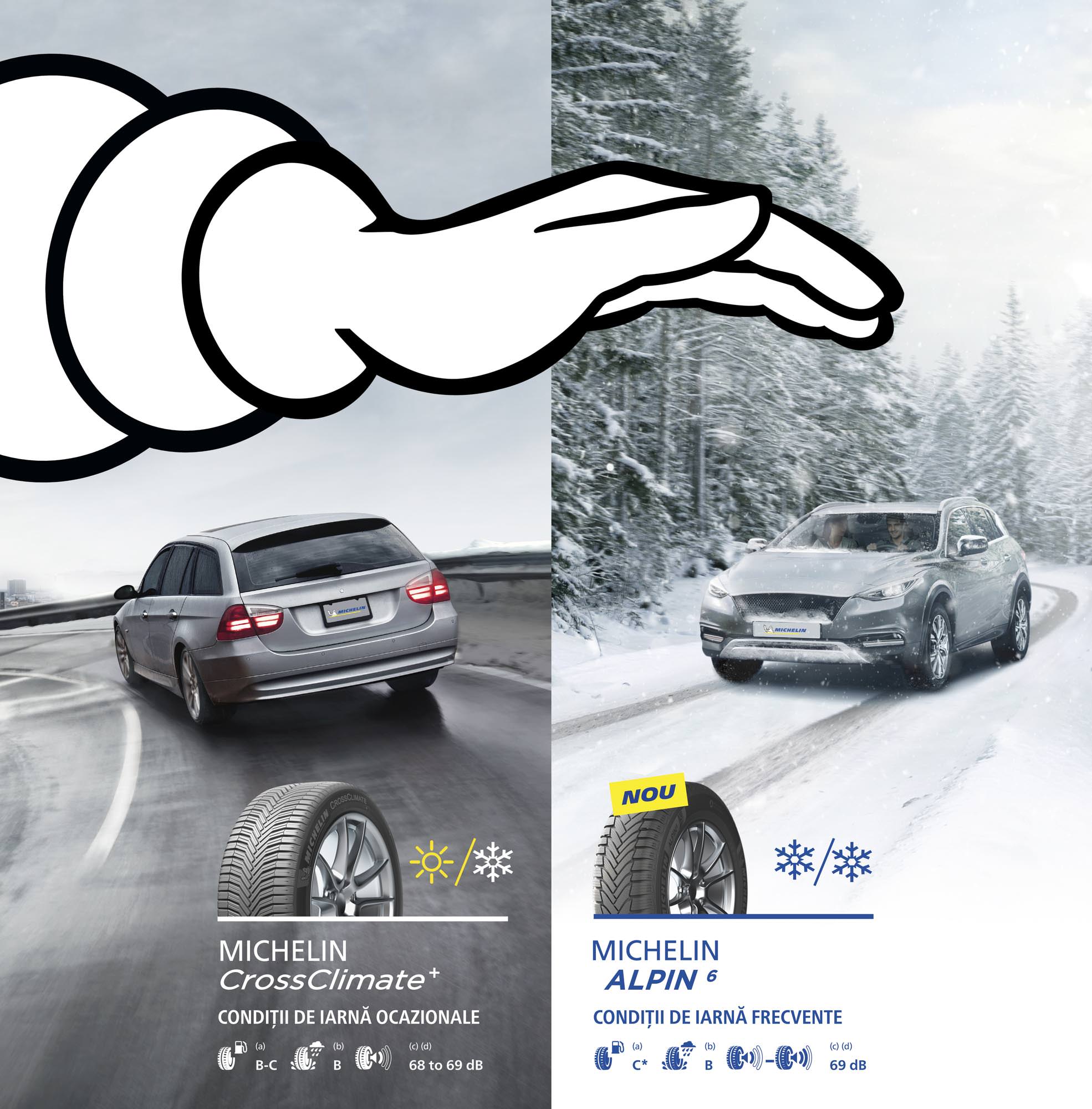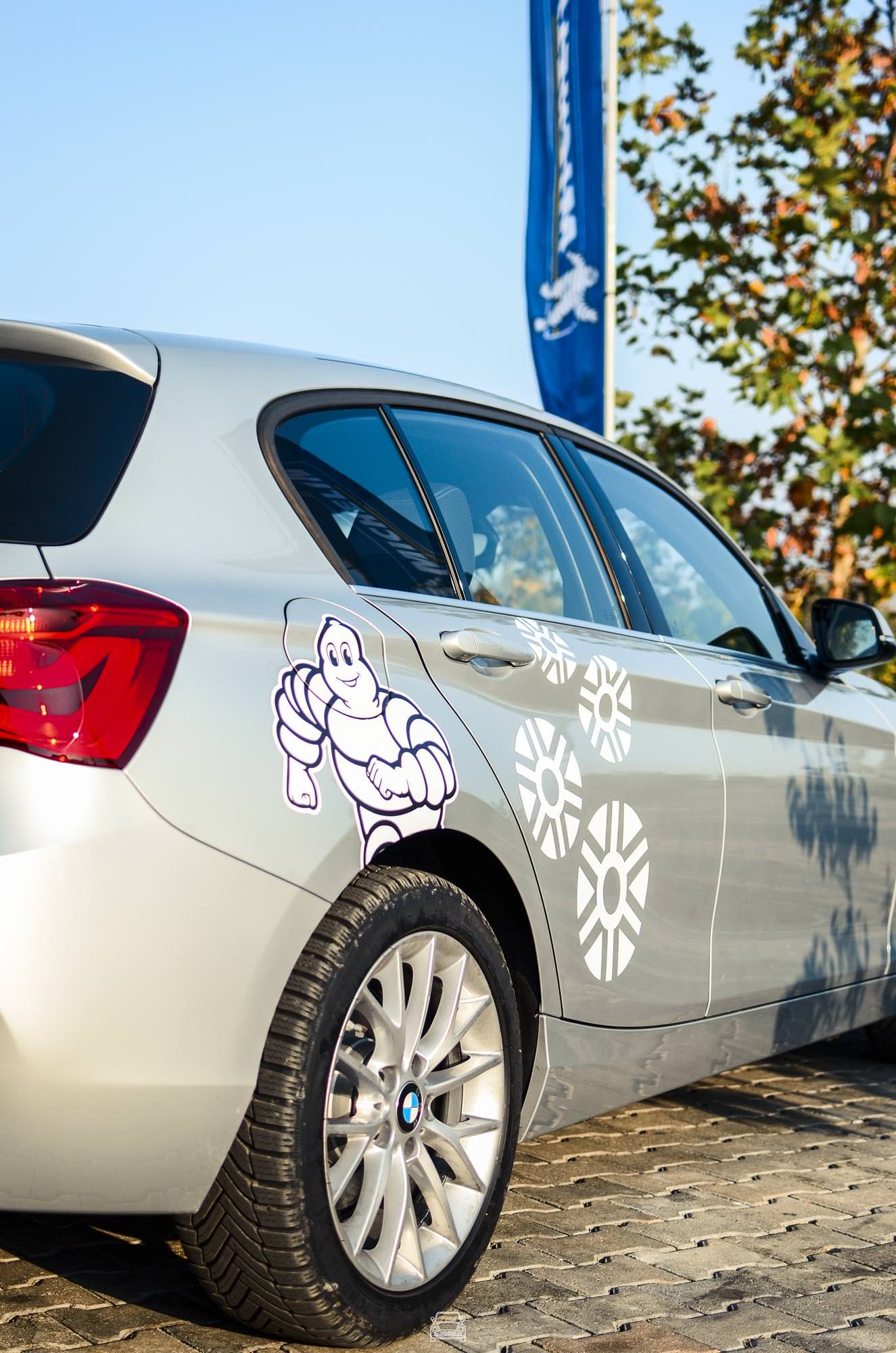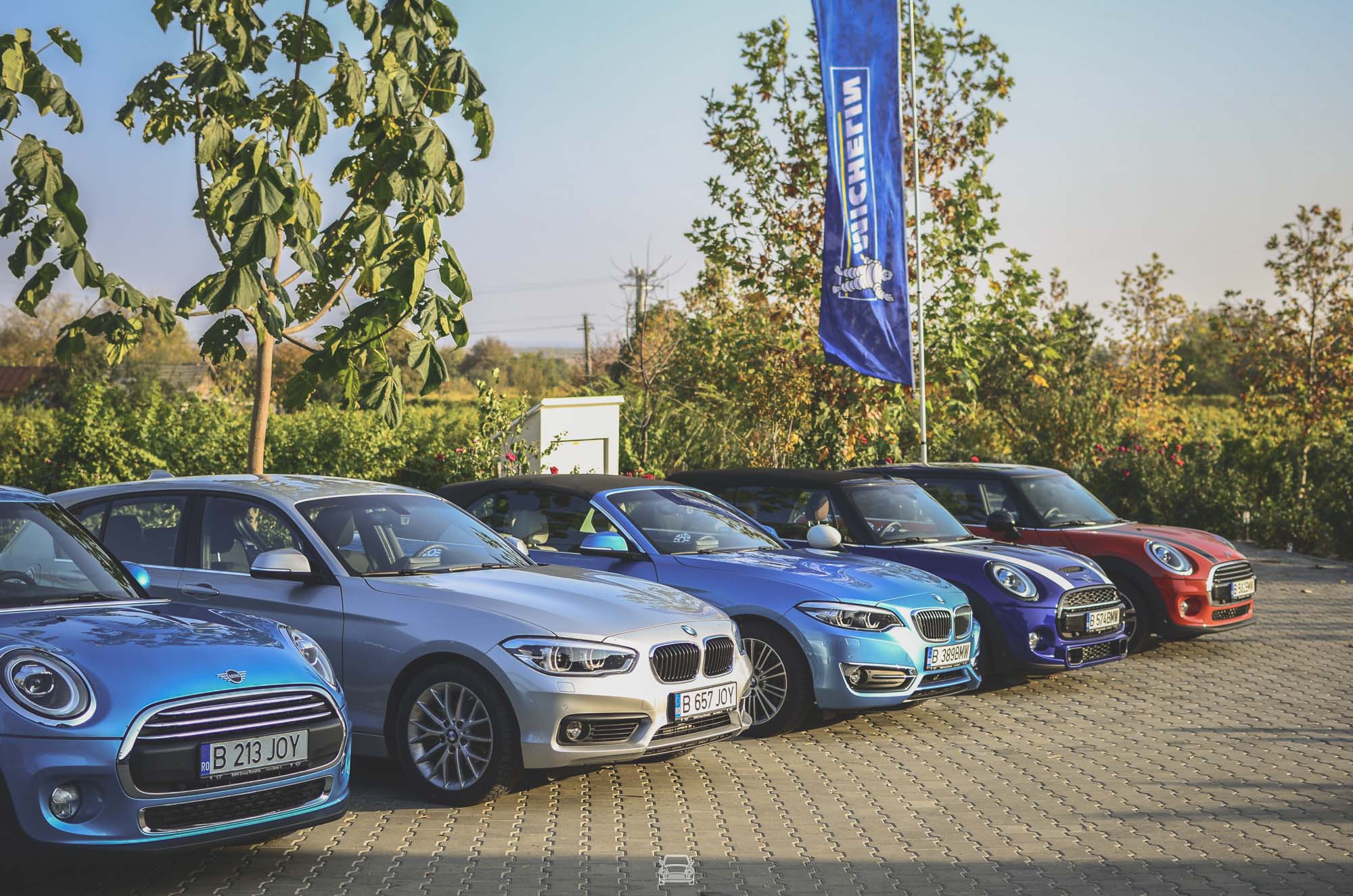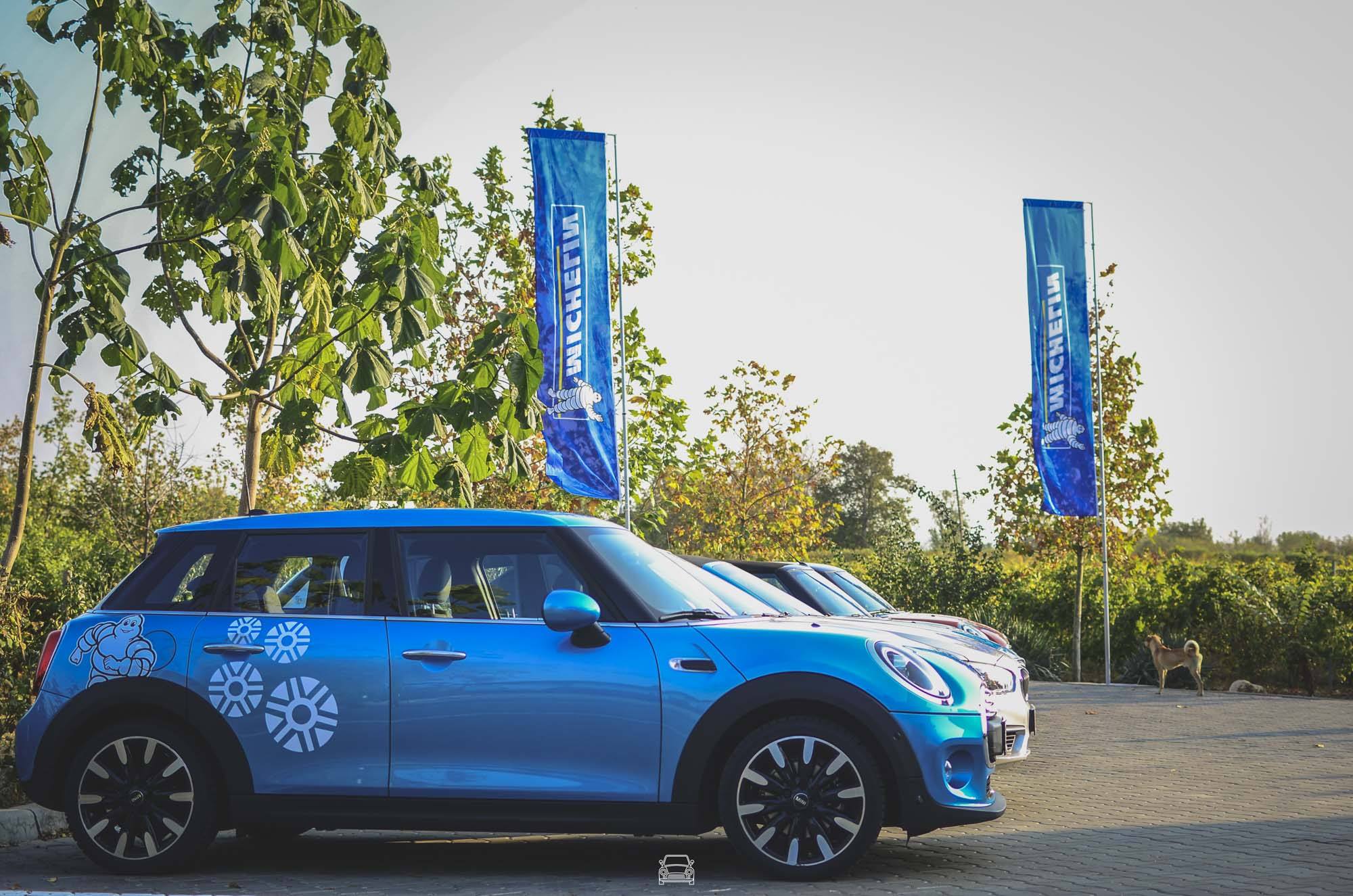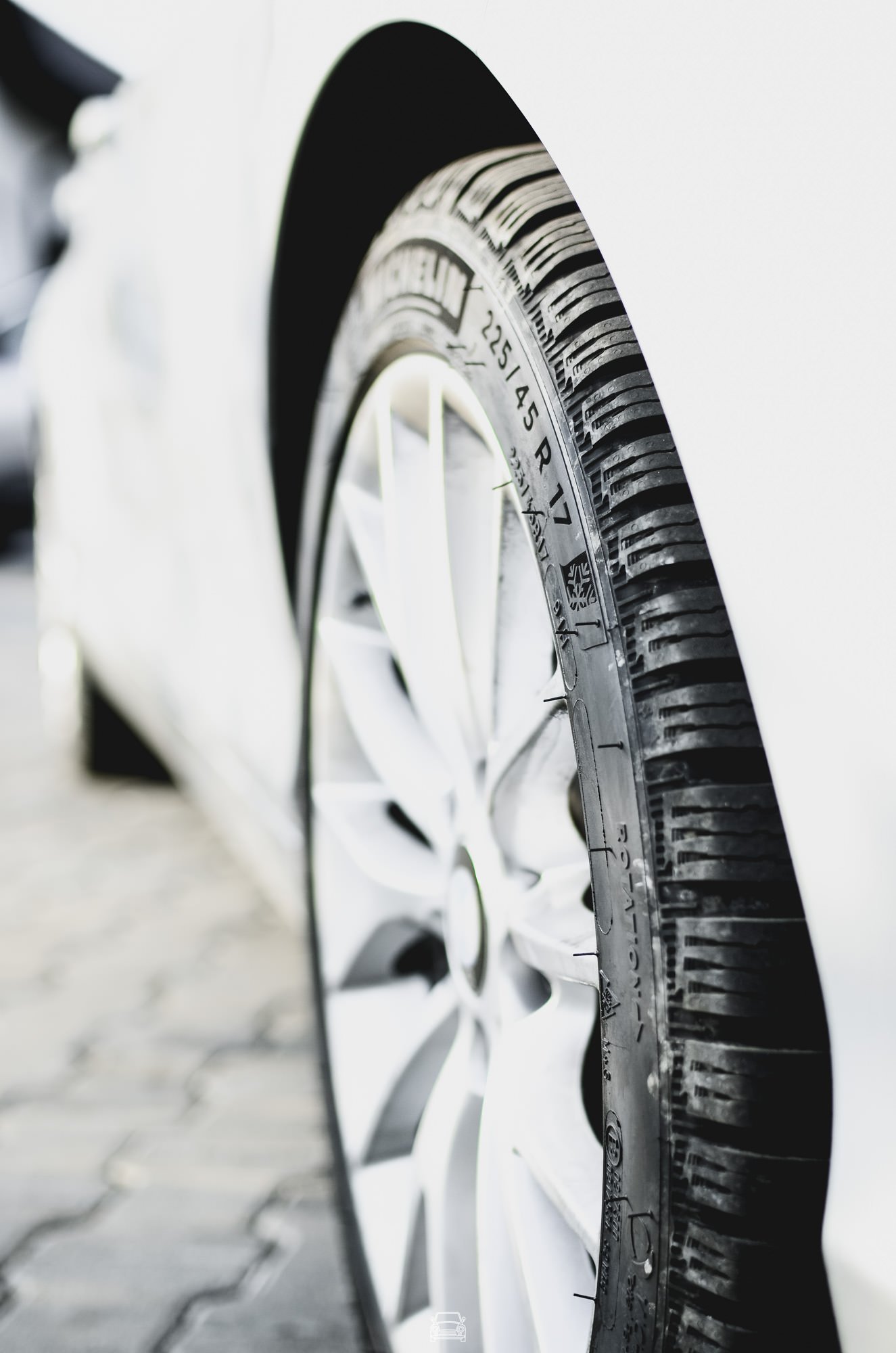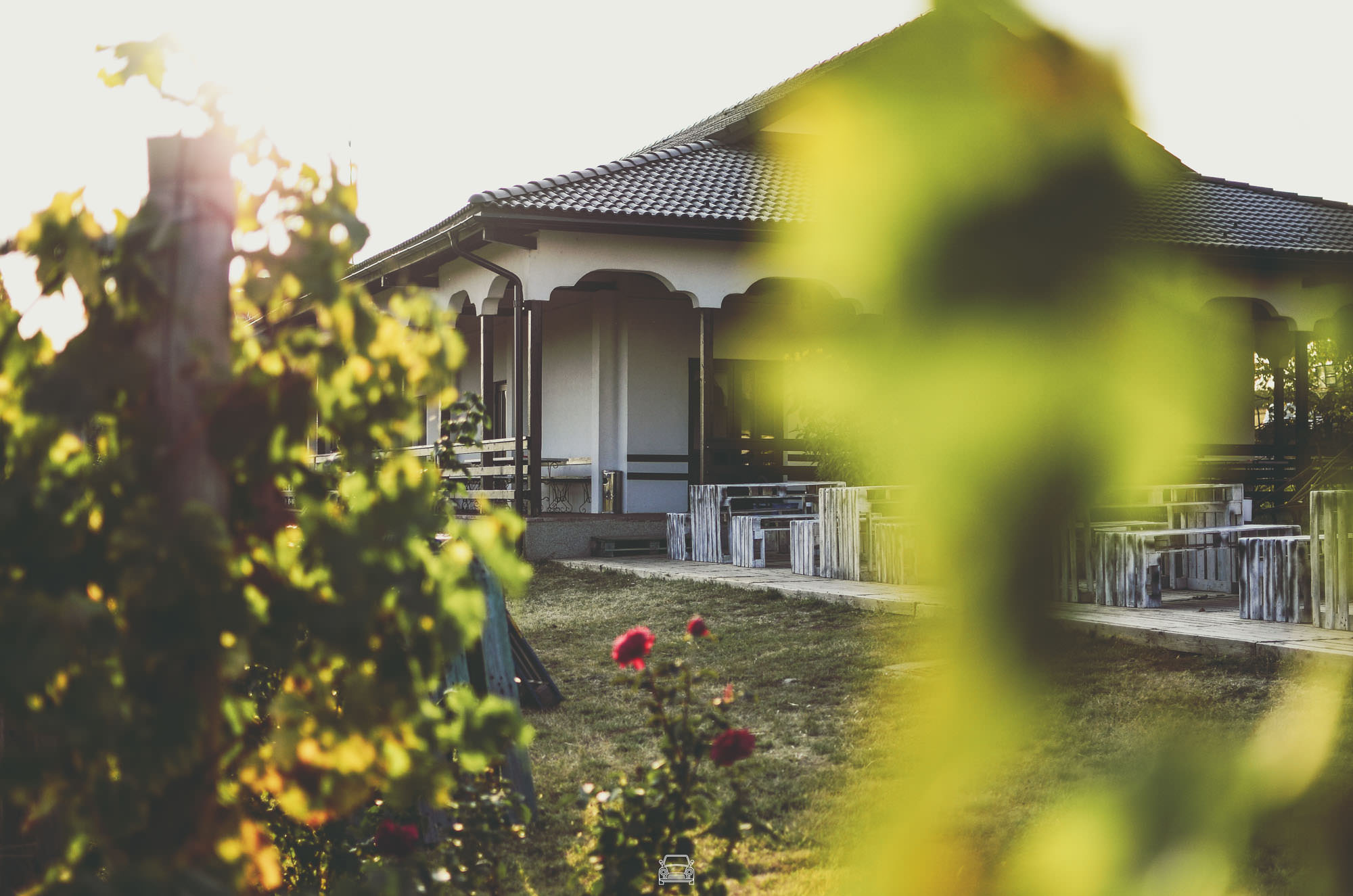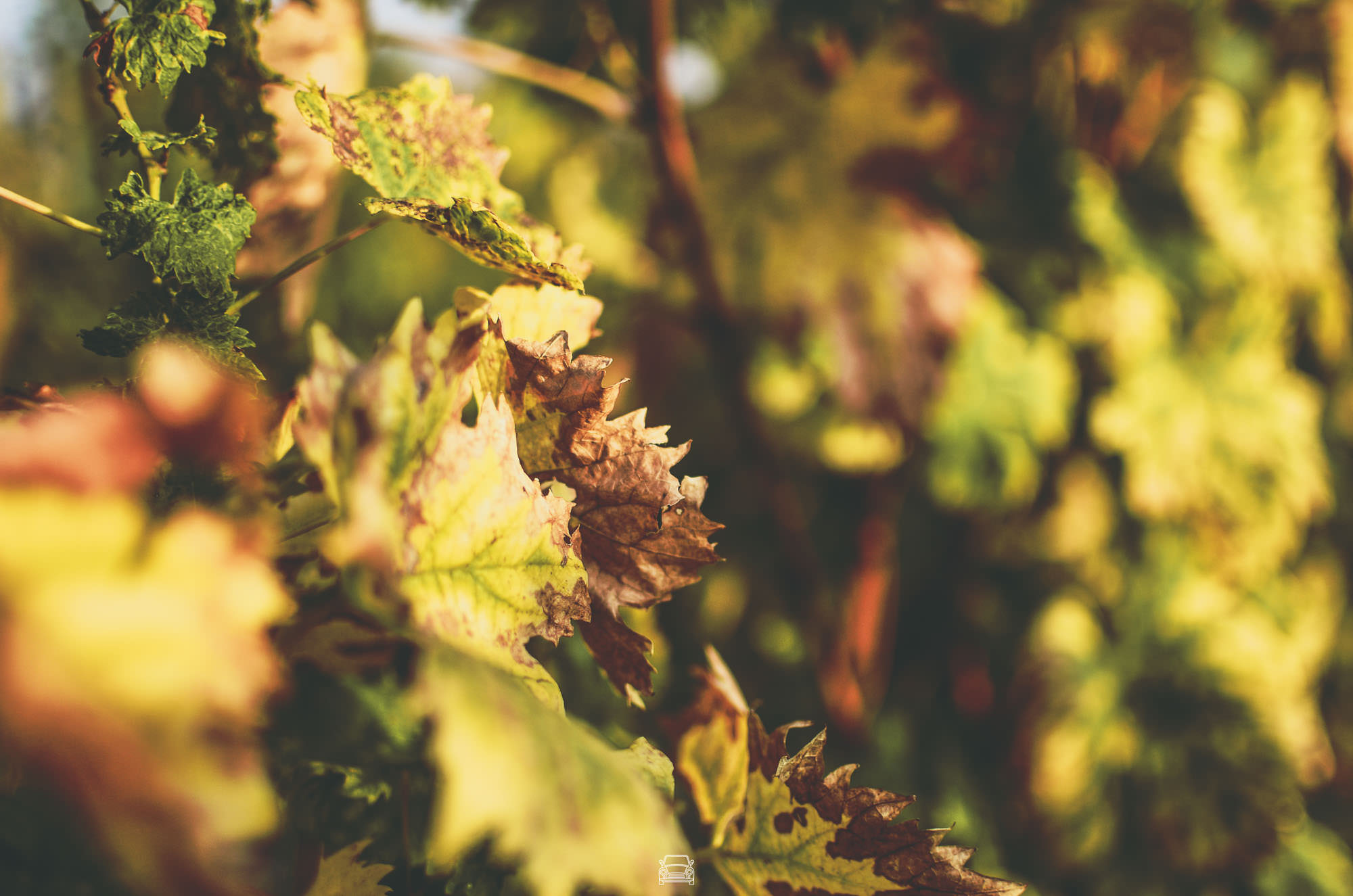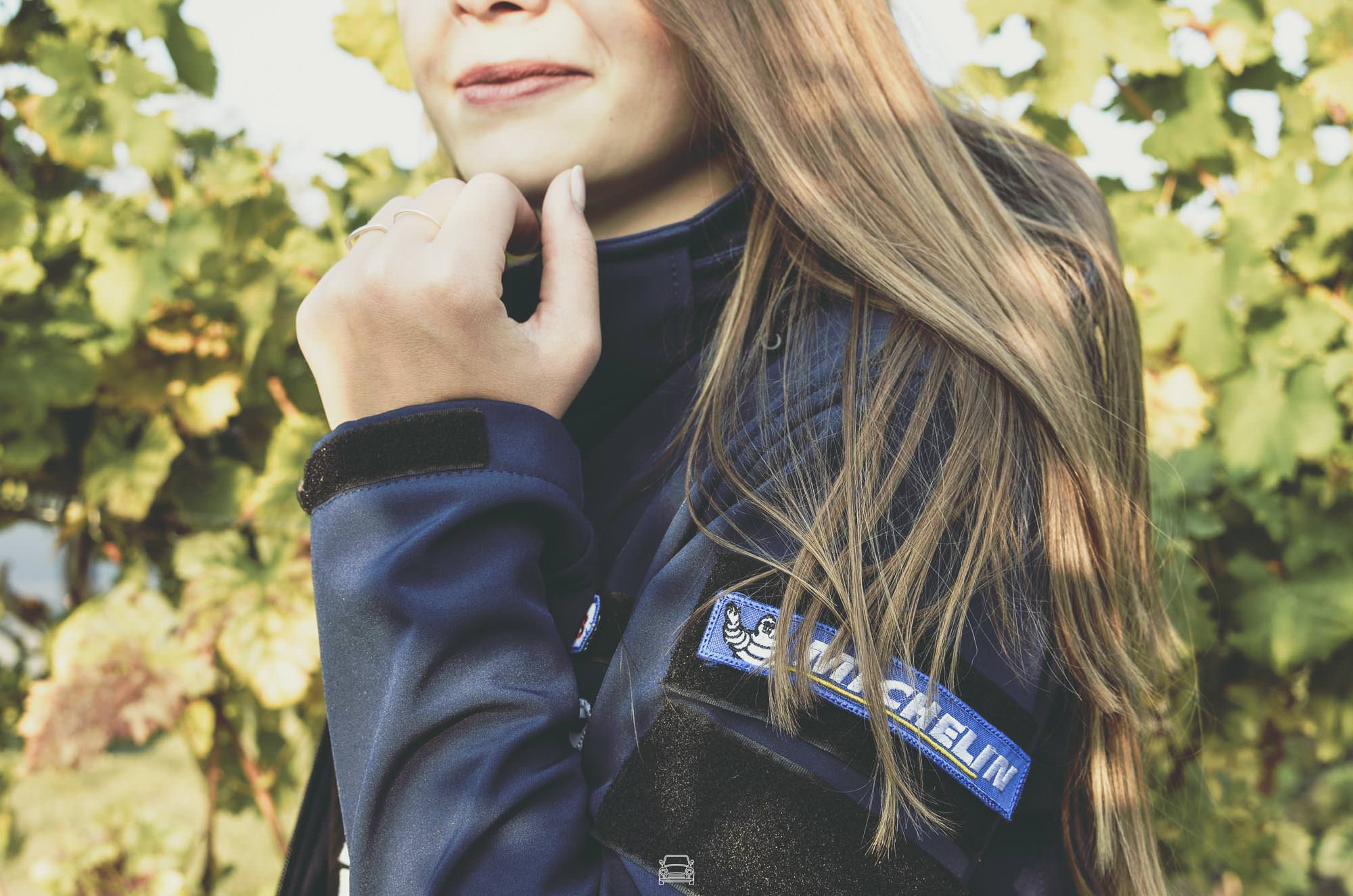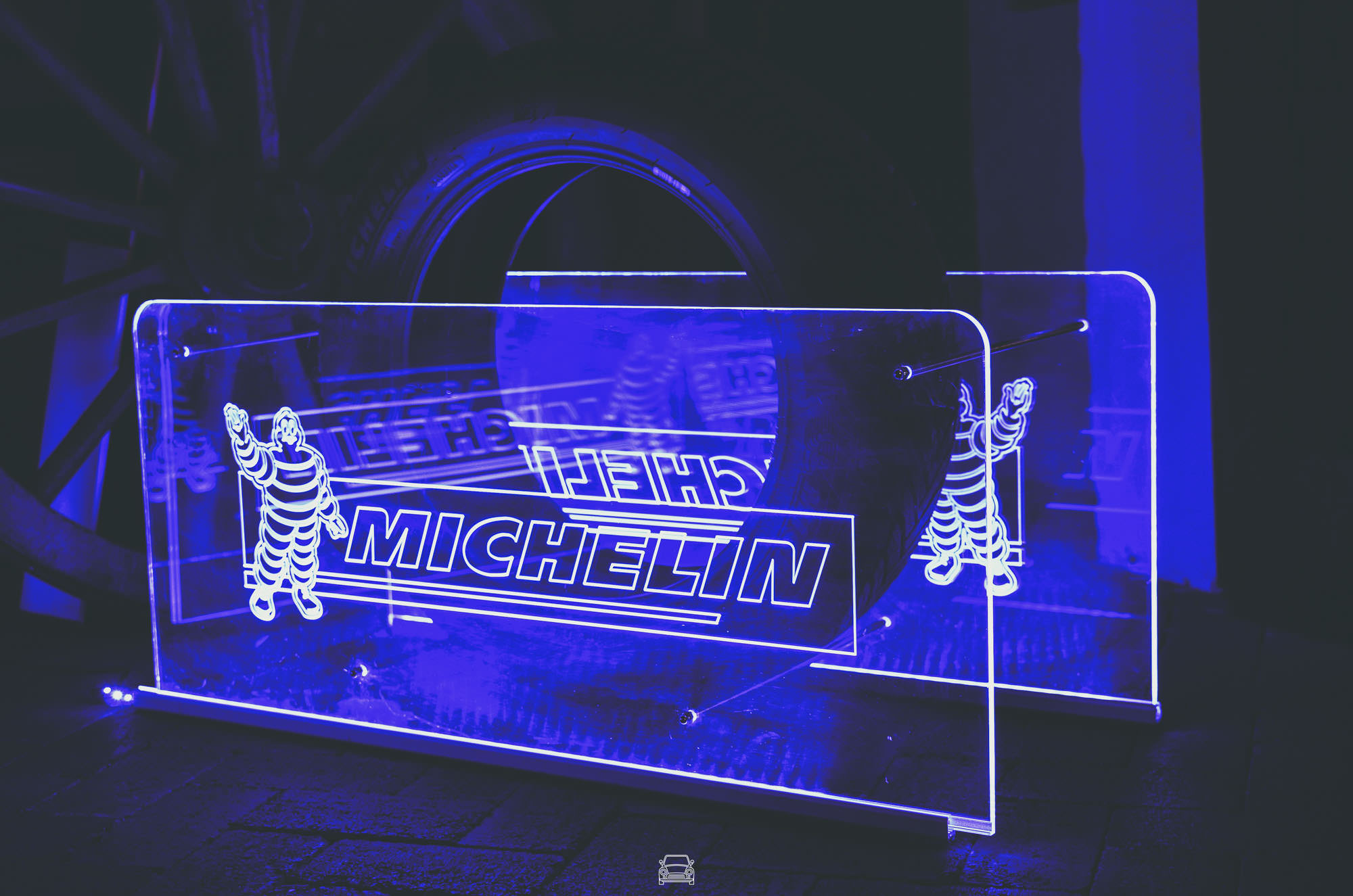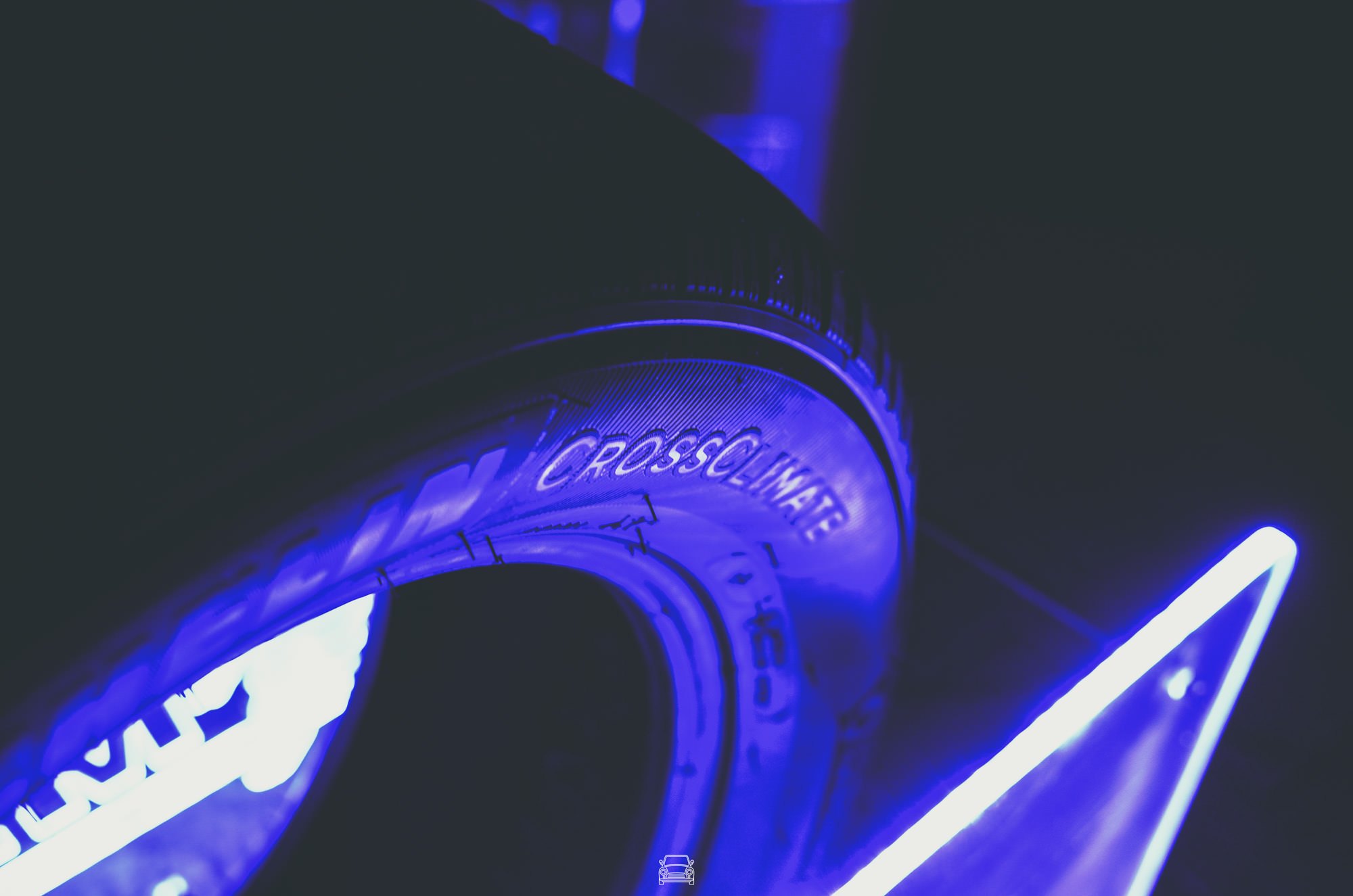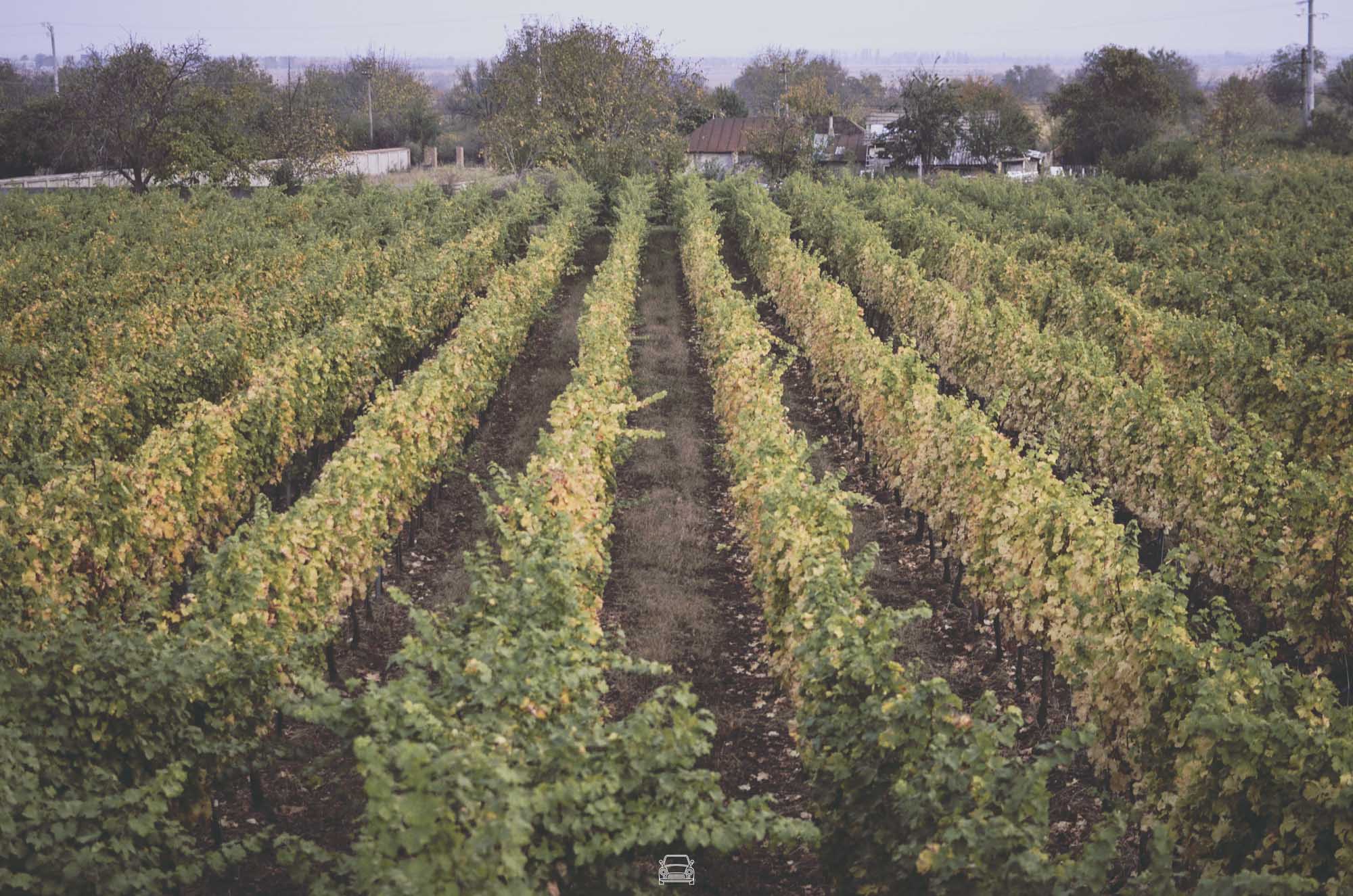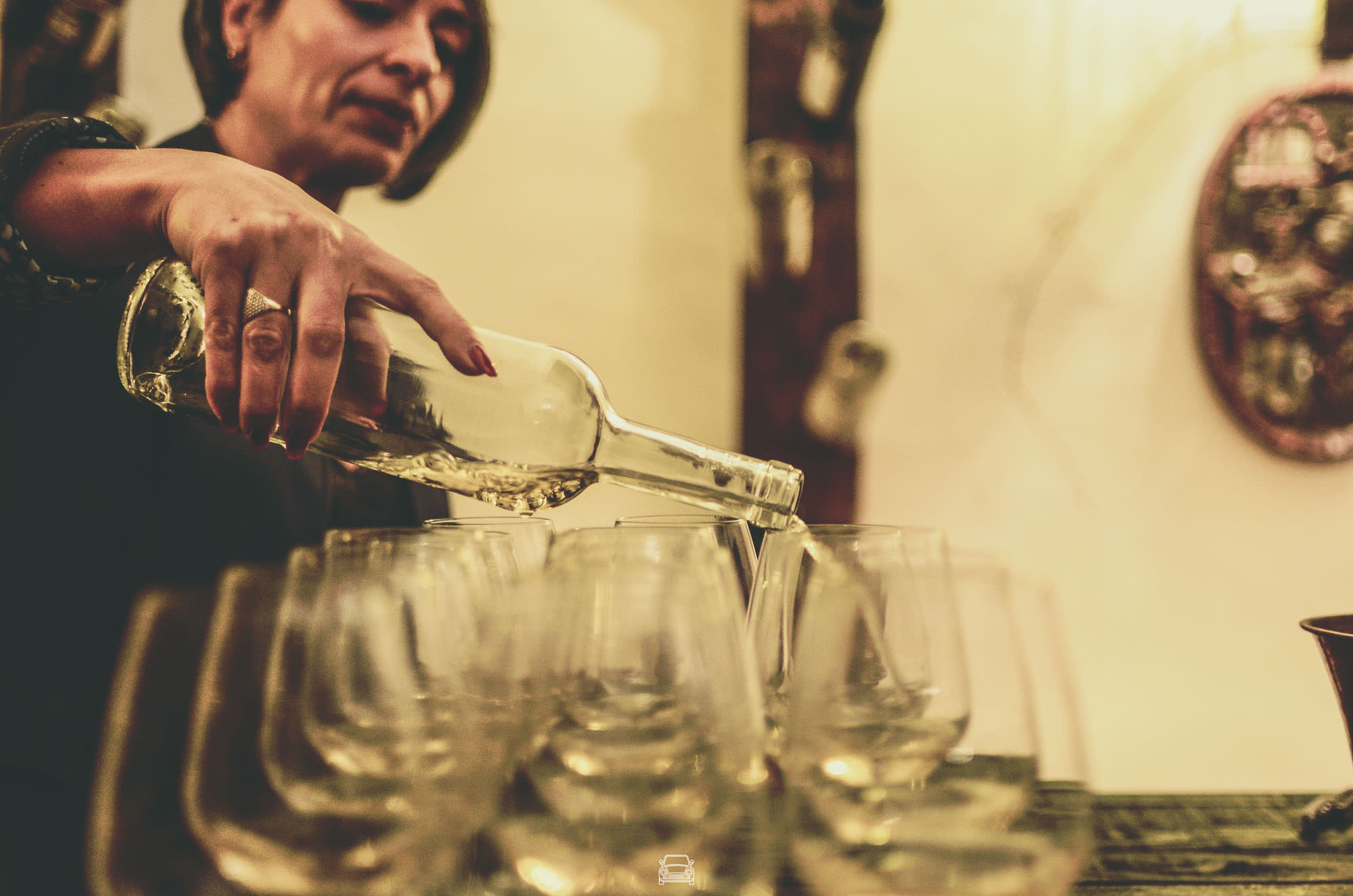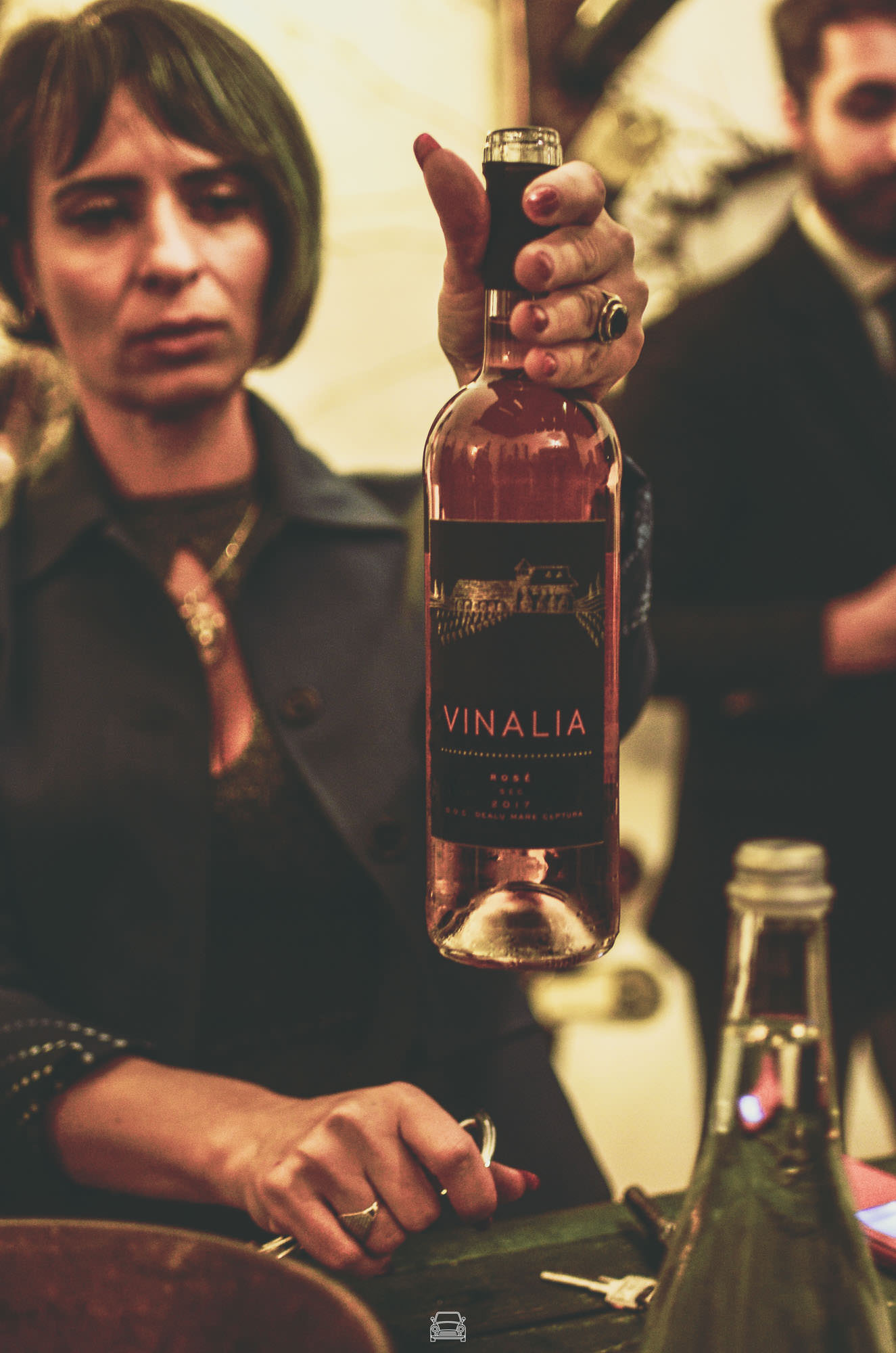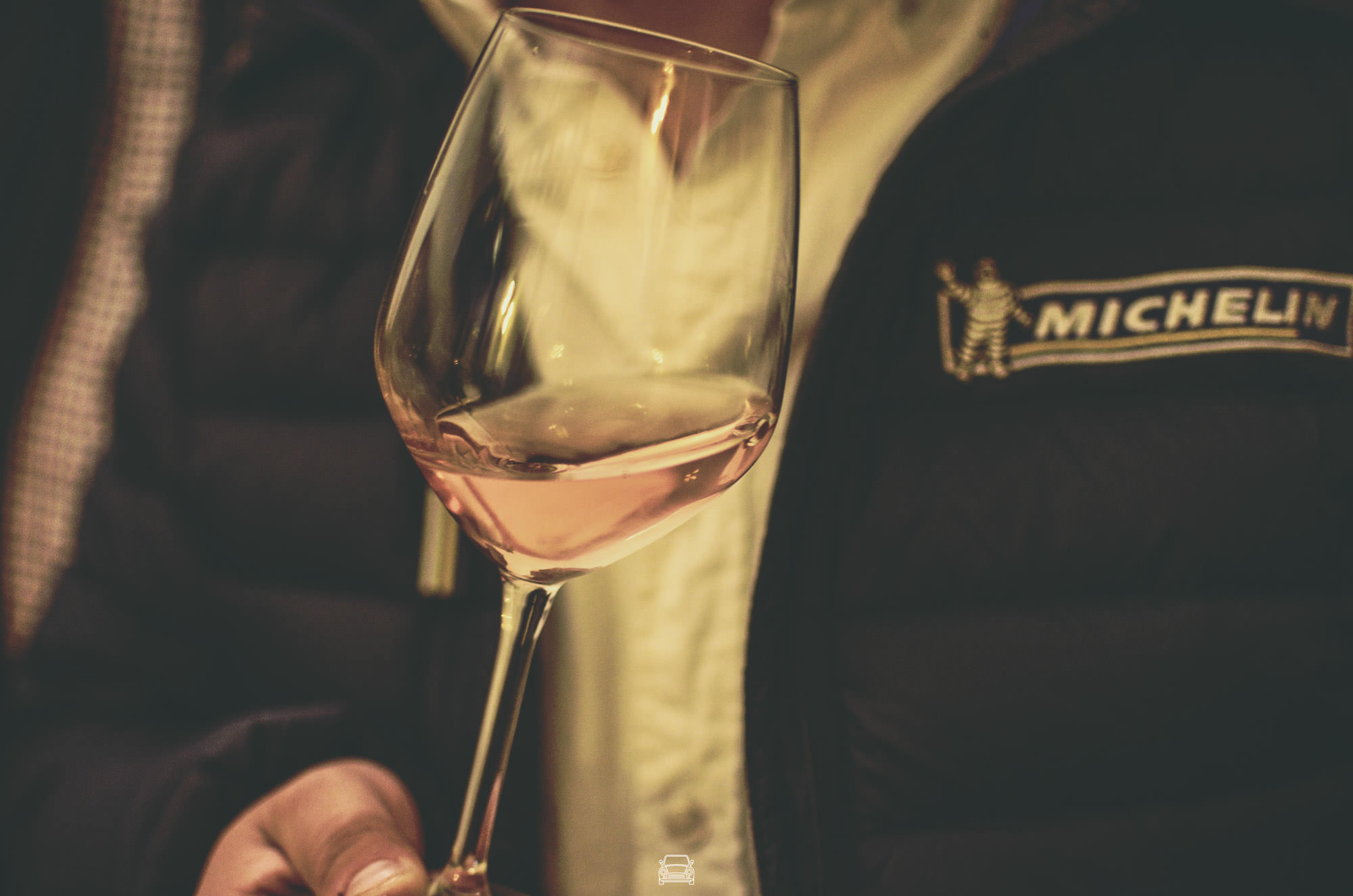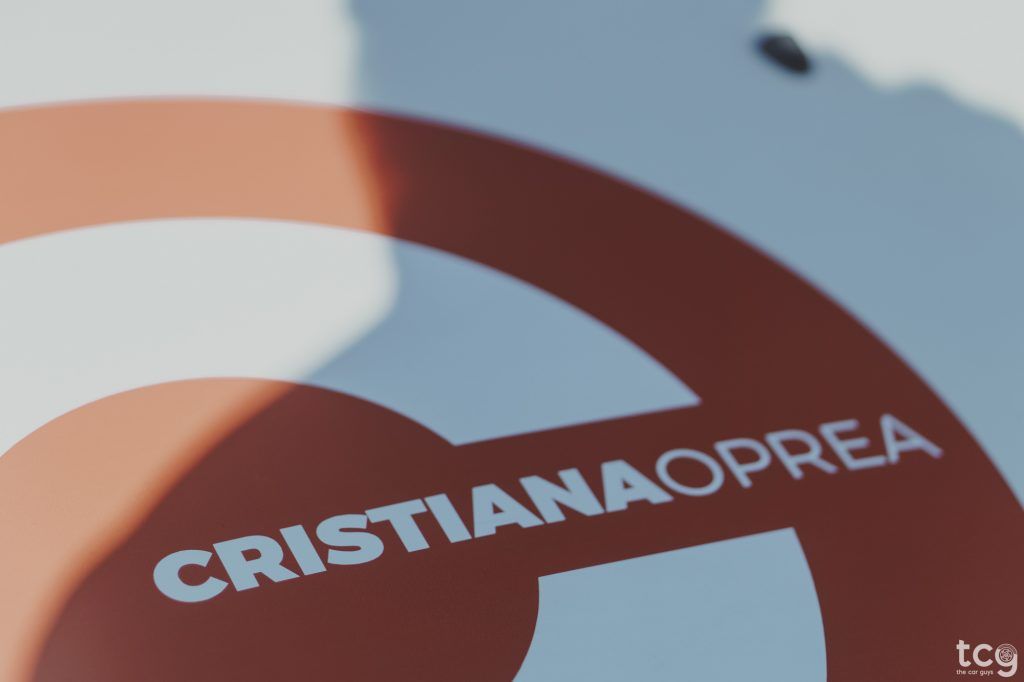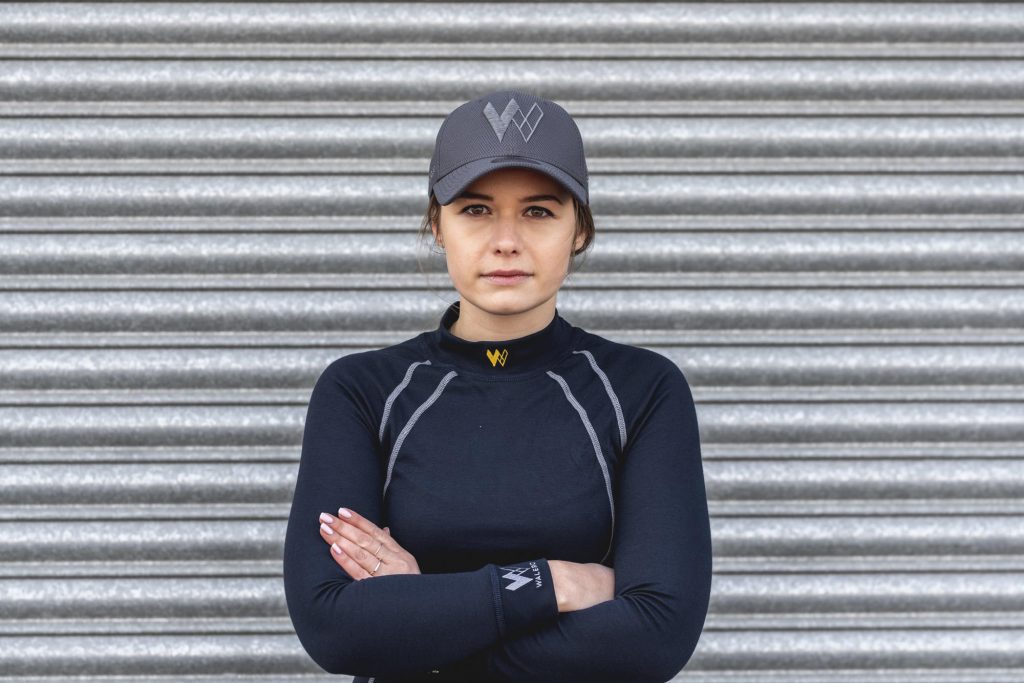In rallies we often use the expression the ‘rubber lottery,’ when we refer to races with an uncertain weather forecast. In rallies, as opposed to circuit competitions or hillclimb, the race does not get cancelled. Regardless of the weather conditions, we adapt and we try to be as fast as possible, as rain or snow have never been reasons in themselves for decreased performance. But the correct choice of tires is essential. The decision between rain or soft, medium or hard, or in our case for 2-wheel drive cars, any combination of ‘medium in the front’ and ‘soft in the back’ combinations can make a difference.
It just so happened that we left the service park with the sun up and 15 degrees out (ideal for mediums) just to get to the stage where there was torrential rain, and on the mountain summit, you’d shiver at 4 Celsius. (a choice between soft or rain tires). This is where an essential element comes in the play: planning. We either call spectator friends on the stages or we use a weather app. With the info received, we decide on the tire type we’ll use on that section. But in rallying, just like in real life, you have to have a bit of luck and a drop of inspiration (and friends who understand your passions).
Some crews from the top positions even have people who go through the stages a few hours before the start, just so to give a from-the-field impression – the so called ‘gravel crews’ or ‘ouvreur’, explained in the video below, crews that verify the pace notes and signal potential changes occurred between the days of reconnaissance and those of competition (for instance, the areas with mud or snow). See the sensational victory of the crew Sebastien Loeb/Daniel Elena from Rally Spain from the past weekend: at the beginning of the first day of competition, while all the others were starting off on soft tires, because it was a 10 degree Celsius, rainy itinerary, Loeb decided, following a phone call, to go on hard. And what a difference that decision had made for them! They took the lead in the overall standings and at the end of the rally they claimed their 79th win in WRC. #Legend
[vc_video link=”https://youtu.be/LMH_3DVnf9U”]Of course, competition tires are specially designed for maximum performance and grip. They ‘work’ in very clear and fairly restrictive parameters: a 5-degree fluctuation can significantly affect grip, and a 0.2 bar higher or lower pressure means you are not using the tires to their maximum potential. The racing ‘rubbers’ do not perform well when cold: they heat up as they roll, so more often than not the first turns are being approached cautiously, as grip is not ideal. At the same time, they are more resilient than any commercial tires, with reinforced flanks and much better shock protection. To say nothing of the tarmac roads. All of this justifies the price starting from over 200 euro a piece for 15″ rims (over 300 for larger sizes).
In the general economy of our 2018 season, we barely managed with 10 tarmac tires for 4 rallies, while our colleagues in the DACIA Cup used about 4-6 new tires for each rally, while at the top they can even run through 20 tires per race.
But let us return to the real life, where choosing tires for our four-wheeled partner is done following other criteria: Ideally, they last at least as many years as the car, they don’t get flats, and we are also left with some spare money for a car wash after we make the buy. At the same time, after choosing one’s car, this is the most important long-term investment in your own road safety whether as a driver or a passenger. The four “black and round” tires are the only thing that keeps us connected to the asphalt, so there is no room for compromise.
And because we are not on TV to be taken by surprise by the upcoming winter, I invite you to answer few questions:
You already have winter tires:
- How long have you got the tires?
- Do they have any visible defects (gauge, repair, cut)?
- Have you experienced any unpleasant events last winter with them? (maybe the last time you could not get out of the frozen parking lot you said you would change them, but now it doesn’t seem like a big deal anymore.)
- What is their depth of profile? – Check your profile with a coin. If the depth is below 5mm, I’m recommending you take the next step.
I have to buy your tires: what do you choose, winter or “all-season”?
- How many cars do you have in the family? (if you have to make a trip through the country side, have you got an alternative?)
- Where do you drive the car? City bound or occasional autumn / winter country road trips? (if you make trips through the country, then see the answer to question 1 or cut off the all-season option from the list)
- If you drive only through the city, is the street you are living cleared of snow during the winter? (for Bucharest, skip straight to the next question :)) )
- Have you attended a defensive driving course? (the less prepared you are, the more high-quality tires will help you avoid unpleasant situations at least a few months a year)
These being said, Michelin has an answer for each of the above questions, through the two options of tires that can be used in winter, on snow.[vc_row gap=”35″][vc_column width=”1/2″]
Alpin 6
The new Michelin Alpin 6 is the ideal choice for winter tires that do not fail you when you need them the most, no matter which country road or snowed in highway you are on for the foreseeable winters ahead. With improved performance compared to its predecessor, Alpin 5, it offers the smallest distance for braking on the snow and the best results on acceleration and snow traction. Surely, they are the essential ingredient you need to enjoy driving in the cold winter days.
I loved the fact that they are built extremely intelligently: they have a profile whose grooves are widened as the tire wears out and 2 layers of composite. Which means it will adhere for you until the tire’s last moments of ‘life’, which makes them some of the best choices on the market in terms of longevity.
The starting price is somewhere at 450 lei/tire.[/vc_column][vc_column width=”1/2″]
CrossClimate+
These are NOT all-season tires, at least not the way we’ve known them for a few years!
I would never have recommended all-season tires, regardless of brand, because, as I said above, I do not believe in compromises when it comes to safe driving. And the big problem of the all-season tires that have been produced thus far is the inability to brake effectively, these being fundamentally winter tires with a marketing twist. But CrossClimate + is fundamentally a summer tire! Here Michelin has innovated in a way that changed the all-season tire paradigm: Instead of making some winter tires to go for the summer, they created summer tires that work during the winter, and their courage was rewarded with a very good product, unique on its niche!
The composite ensures grip regardless of temperature, and the unique tread band pattern ensures good performance both in braking and on snow traction. On dry road, it brakes as good as a summer tire – which is essential in this category – on wet roads it has an over average grip compared to the other all-season options, and during winter it offers the same grip as the all-season premium tires. Bonus: they last 25% more than any other all-season rival.
The starting price point is somewhere at 325 lei/tire, and I think they are worth considering for a city car, if you have a second ‘family’ car with which you go on vacation.
We have a soft autumn and in Bucharest temperatures below 10 degrees are only announced after mid-November, so you have time to make an appointment with your service, make an informed tyre choice and take advantage of the seasonal discounts. Drive safe!
I will let you savour the photo gallery below from the launch event of the new Michelin Alpin 6 and CrossClimate+ tyres, where we were accompanied by a lovely weather and great wines from Vinalia Winery in Ceptura.
